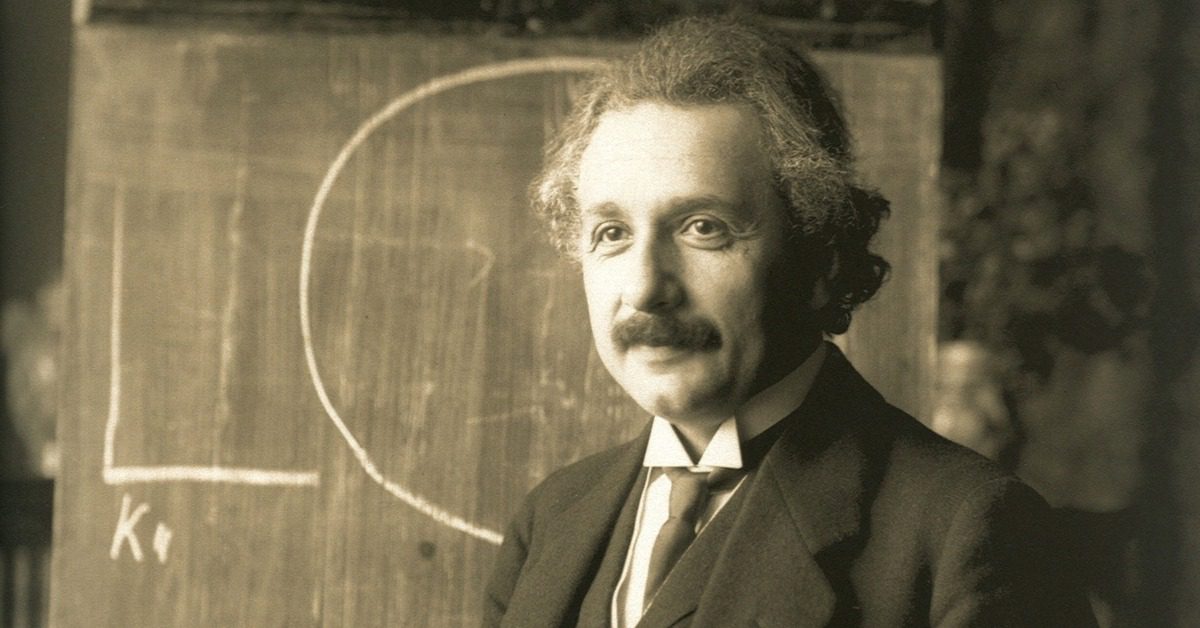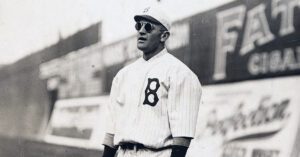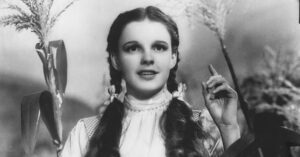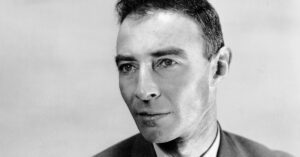Albert Einstein and Charlie Chaplin were unlikely friends. What had they in common? They were unique and soaring geniuses at the top of their chosen fields. Their achievements altered the world in which they lived.
“I first met Einstein in 1926,” said Chaplin, “when he came to California to lecture. I have a theory that scientists and philosophers are sublimated romanticists who channel their passions in another direction. This theory fitted well the personality of Einstein. He looked the typical Alpine German in the nicest sense, jovial and friendly. And although his manner was calm, I felt it concealed a highly emotional temperament, and that from this source came his extraordinary intellectual energy.
“Carl Laemmle of the Universal studios phoned to say that Professor Einstein would like to meet me. I was thrilled. So we met at the Universal studios for lunch, the professor, his wife, his secretary, Helene Dukas, and his assistant, Professor Walter Meyer. Mrs. Einstein spoke English very well, in fact, better than the professor. She was a square-framed woman with abundant vitality. She frankly enjoyed being the wife of the great man and made no attempt to hide the fact; her enthusiasm was endearing.
“After lunch, while Mr. Laemmle showed them around the studio, Mrs. Einstein drew me aside, and whispered, ‘Why don’t you invite the professor to your house? I know he would be delighted to have a nice quiet chat with just ourselves.’ As Mrs. Einstein requested that it should be a small affair, I invited only two other friends. At dinner she told me the story of the morning he conceived the theory of relativity.
“‘The professor came down in his dressing gown as usual for breakfast but he hardly touched a thing. I thought something was wrong, so I asked what was troubling him. ‘Darling,’ he said, ‘I have a wonderful idea.’ And after drinking his coffee, he went to the piano, and started playing. Now and again he would stop, making a few notes then repeat, ‘I’ve got a wonderful idea, a marvelous idea!’
“‘I said, ‘Then for goodness’ sake tell me what it is, don’t keep me in suspense.’
“‘He said, ‘It’s difficult, I still have to work it out.’
“She told me he continued playing the piano and making notes for about an hour, then went upstairs to his study, telling her that he did not wish to be disturbed, and remained there for two weeks. ‘Each day I sent him up his meals,’ she said, ‘and in the evening he would walk a little for exercise, then return to his work again.’
“‘Eventually,’ she said, ‘he came down from his study looking very pale. ‘That’s it,’ he told me, wearily putting down two sheets of paper on the table. And that was his theory of relativity.'”
In layman’s terms, Einstein’s theory postulates that the same laws of physics hold true in all inertial reference frames and that the speed of light is the same for all observers, even those moving with respect to one another.
Albert Einstein, the theoretical physicist, scientist and professer, and Sir Charles Spencer Chaplin, “the little tramp”:.The imprint of each man’s stunning achievements has left lasting marks on the world which can never be ignored, forgotten, or erased.




